hay fever
The Tenbou-Park Sakura Festival in Ikebukuro’s popular Sunshine City shopping complex promises a sneeze and itchy eyes-free flower-viewing experience.
Last week, Japan was buffetted by dust-flinging devils winds leading to many a cancelled event, toppled bicycle, and… a flying hairpiece…
Good news for all those who live in Japan and suffer from pollen allergies! Scientists have genetically modified rice in an attempt to desensitize the body to that nasty Japanese cedar pollen that causes all of the sneezing, mask-wearing and eye-watering every spring. Just think, eating some of this special rice everyday could relieve you from all of your hay fever woes!
Most of my early trips to Japan involved visiting my brother, back when he was living in Iwakuni, Yamaguchi Prefecture. One day while waiting for a train at the station, I passed the time by staring out at one of the many lotus farms the town is known for.
“Ah, Japan!” I thought as the plants swayed almost hypnotically in the hot summer breeze. “So appreciative of the beauty of nature!” The lotus must be so highly prized that it’s economically worthwhile to use large tracts of what little arable land the country has to cultivate and sell the flowers, I concluded.
I found out later that I was only half right. While it is true that Japan tends to get more excited about blossoming flora than other nations, all those lotuses weren’t being grown for aesthetic reasons. Lotus root, called renkon in Japanese, is edible, and not only is it delicious, it can also help you cope with one of the absolute worst parts of life in Japan: hay fever.
We’ve covered many products developed by Thanko – that company always seems to have clever ideas and is never afraid to flirt with madness – in the past. Their upside-down desk, and upside-down cushion both look very tempting, whereas their more ambitious products such as camera glasses and the Fanbrella seem inherently flawed with poor battery performance.
Whether Thanko’s newest release, the USB Pollen Blocker crosses the crazy train tracks remains to be seen.
Every year, pollen counts in Japan are getting worse. In fact, pollen levels in Tokyo were literally off the charts just a few weeks ago. As a result, for four months out of the year, an estimated 15 to 30 percent of the Japanese population suffers from hay fever.
The tragedy of this situation is that Japan’s pollen problems are caused by its own government which encouraged people to plant cedar trees to meet the growing demand for timber in the 1940s and to replace forests that were destroyed during WWII. Hay fever was actually relatively rare in Japan until the 1960s when the millions of cedar trees began to mature and produce pollen.
As cedar pollen levels continue to climb, Japanese scientists may have found a solution to the problem: pollenless cedar trees.
It’s already March and things are starting to look a lot like spring. The sun is out, the birds are back, and those dead hunks of wood are starting to look a little more like trees. Sunny skies are here again and everyone seems to have a pep back in their step… except for those with allergies.
Now, let’s be honest, for those who suffer from hay fever, spring is a b*tch. Excuse the profanity, but hay fever sufferers know that the coming of spring signals itchy eyes, piles of tissues, and all around unpleasantness. If you have hay fever and were thinking about visiting Tokyo, think again; this weekend’s pollen levels are literally off the charts.
Spring brings new life, new love, warmer weather and so many other great things. It also brings with it heaps of pollen, and we find ourselves smack dab in the middle of pollen season. While it’s been a pretty easy year in terms of pollen, many of us are still shut indoors and suffering. I may have stumbled upon an easy, cost-effective way to take care of that, though.
Read More


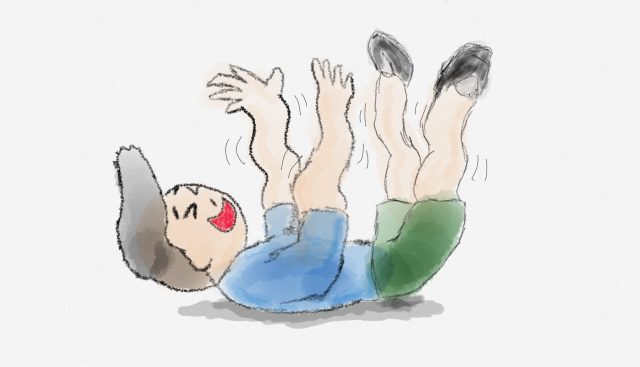
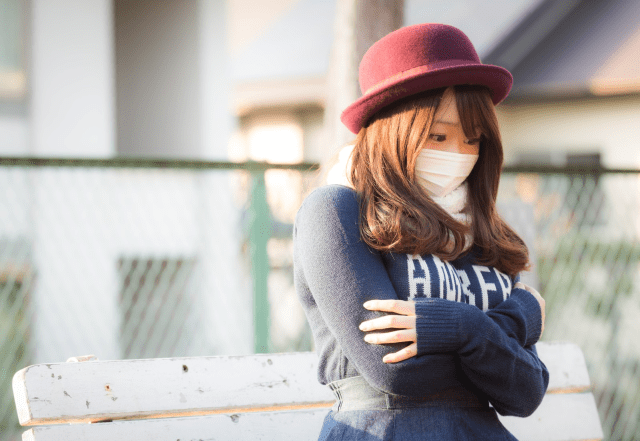


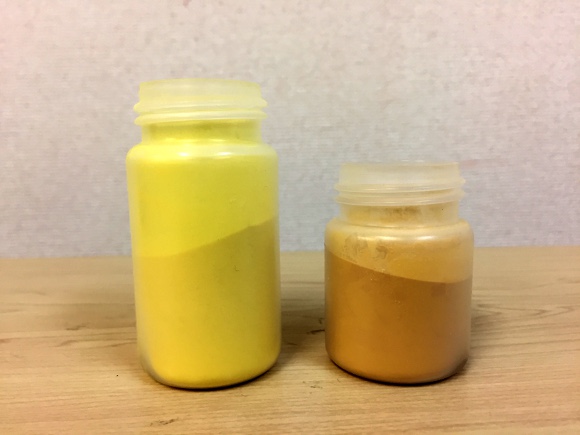
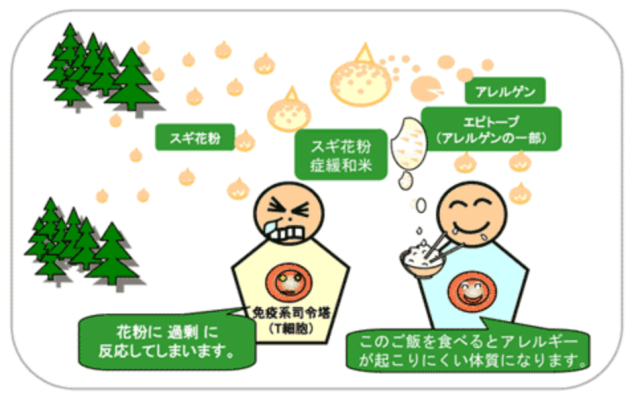
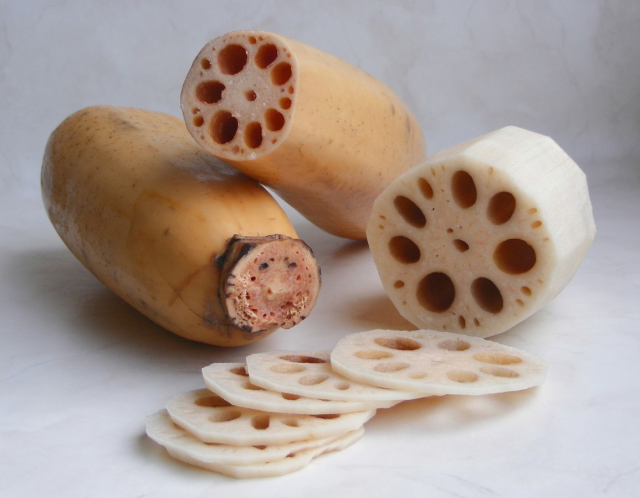

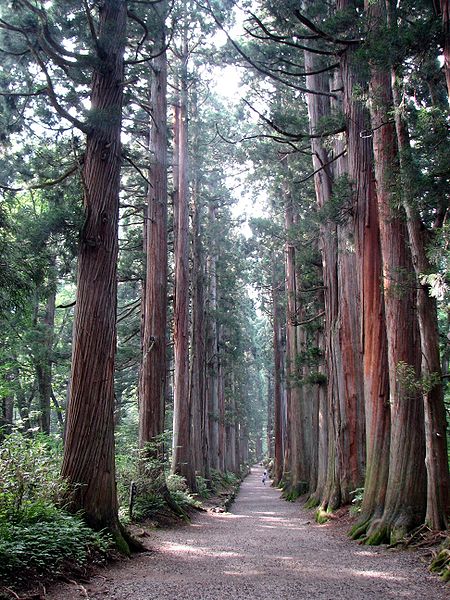
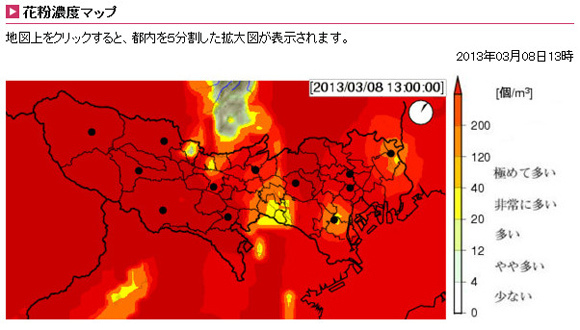

 We revisited Sweets Paradise after a decade to see if Japan’s dessert buffet still delivers
We revisited Sweets Paradise after a decade to see if Japan’s dessert buffet still delivers Tokyo station platform to transform into sake bar with hot drinks, hot oden, and hot kotatsu
Tokyo station platform to transform into sake bar with hot drinks, hot oden, and hot kotatsu Japan’s top 10 open-air hot spring baths with cherry blossom views【Survey】
Japan’s top 10 open-air hot spring baths with cherry blossom views【Survey】 20 Reasons Why You Can’t Get a Date
20 Reasons Why You Can’t Get a Date Popular Japanese ramen restaurant Ichiran’s lucky bags are great value for money
Popular Japanese ramen restaurant Ichiran’s lucky bags are great value for money These Japanese cat masks both enchant and terrify
These Japanese cat masks both enchant and terrify 11 different ways to say “father” in Japanese
11 different ways to say “father” in Japanese What makes a good boss in Japan? Workers sound off in survey
What makes a good boss in Japan? Workers sound off in survey Style your hair like an old-school Japanese beauty with the marumage hair kit【Video】
Style your hair like an old-school Japanese beauty with the marumage hair kit【Video】 Can a dirty butthole make you filthy rich in Japan? We’re starting a New Year’s lottery experiment
Can a dirty butthole make you filthy rich in Japan? We’re starting a New Year’s lottery experiment Starbucks Japan ready to get Year of the Horse started with adorable drinkware and plushies【Pics】
Starbucks Japan ready to get Year of the Horse started with adorable drinkware and plushies【Pics】 Japanese beef bowl chain Sukiya’s 2026 Smile Box lucky bag basically pays for itself
Japanese beef bowl chain Sukiya’s 2026 Smile Box lucky bag basically pays for itself Hayao Miyazaki says Happy New Year to Studio Ghibli fans with new art for Year of the Horse
Hayao Miyazaki says Happy New Year to Studio Ghibli fans with new art for Year of the Horse Cup Noodle tries an authentic Jiro-style ramen, but something’s not quite right
Cup Noodle tries an authentic Jiro-style ramen, but something’s not quite right The best Starbucks Japan Frappuccinos we want to drink again in 2026
The best Starbucks Japan Frappuccinos we want to drink again in 2026 That time Seiji called JASRAC to ask why he didn’t get paid royalties for his song being on TV
That time Seiji called JASRAC to ask why he didn’t get paid royalties for his song being on TV We found possibly the quietest Japanese-style hotel in Tokyo’s bustling Shinjuku district
We found possibly the quietest Japanese-style hotel in Tokyo’s bustling Shinjuku district Pizza Hut Japan’s hot lucky bags are perfect for a New Year’s pizza party
Pizza Hut Japan’s hot lucky bags are perfect for a New Year’s pizza party Japan’s oldest largetooth sawfish in captivity back on display in Mie Prefecture
Japan’s oldest largetooth sawfish in captivity back on display in Mie Prefecture 7-Eleven Japan starts new temporary luggage storage service in over 300 branches
7-Eleven Japan starts new temporary luggage storage service in over 300 branches Disillusionment at Tsukiji’s tourist-target prices led us to a great ramen restaurant in Tokyo
Disillusionment at Tsukiji’s tourist-target prices led us to a great ramen restaurant in Tokyo Starbucks teams up with 166-year-old Kyoto doll maker for Year of the Horse decorations【Photos】
Starbucks teams up with 166-year-old Kyoto doll maker for Year of the Horse decorations【Photos】 Tokyo considering law requiring more trash cans following litter increase in heavily touristed area
Tokyo considering law requiring more trash cans following litter increase in heavily touristed area Tokyo’s Tsukiji sushi neighborhood asks tour groups to stay away for the rest of the month
Tokyo’s Tsukiji sushi neighborhood asks tour groups to stay away for the rest of the month Tokyo event lets you travel back in time, for free, to celebrate 100 years since Showa era start
Tokyo event lets you travel back in time, for free, to celebrate 100 years since Showa era start Japan may add Japanese language proficiency, lifestyle classes to permanent foreign resident requirements
Japan may add Japanese language proficiency, lifestyle classes to permanent foreign resident requirements Sanrio theme park in Japan announces plans to expand into a Sanrio resort
Sanrio theme park in Japan announces plans to expand into a Sanrio resort Stamina-destroying “Paralysis Noodles” are Tokyo’s newest over-the-top ramen innovation
Stamina-destroying “Paralysis Noodles” are Tokyo’s newest over-the-top ramen innovation Survey asks foreign tourists what bothered them in Japan, more than half gave same answer
Survey asks foreign tourists what bothered them in Japan, more than half gave same answer Japan’s human washing machines will go on sale to general public, demos to be held in Tokyo
Japan’s human washing machines will go on sale to general public, demos to be held in Tokyo Japan’s deadliest food claims more victims, but why do people keep eating it for New Year’s?
Japan’s deadliest food claims more victims, but why do people keep eating it for New Year’s? We deeply regret going into this tunnel on our walk in the mountains of Japan
We deeply regret going into this tunnel on our walk in the mountains of Japan Studio Ghibli releases Kodama forest spirits from Princess Mononoke to light up your home
Studio Ghibli releases Kodama forest spirits from Princess Mononoke to light up your home Major Japanese hotel chain says reservations via overseas booking sites may not be valid
Major Japanese hotel chain says reservations via overseas booking sites may not be valid Put sesame oil in your coffee? Japanese maker says it’s the best way to start your day【Taste test】
Put sesame oil in your coffee? Japanese maker says it’s the best way to start your day【Taste test】 No more using real katana for tourism activities, Japan’s National Police Agency says
No more using real katana for tourism activities, Japan’s National Police Agency says Starbucks Japan reveals new sakura drinkware collection, inspired by evening cherry blossoms
Starbucks Japan reveals new sakura drinkware collection, inspired by evening cherry blossoms Updated cherry blossom forecast shows extra-long sakura season for Japan this year
Updated cherry blossom forecast shows extra-long sakura season for Japan this year These Japanese cat masks both enchant and terrify
These Japanese cat masks both enchant and terrify 11 different ways to say “father” in Japanese
11 different ways to say “father” in Japanese What makes a good boss in Japan? Workers sound off in survey
What makes a good boss in Japan? Workers sound off in survey Style your hair like an old-school Japanese beauty with the marumage hair kit【Video】
Style your hair like an old-school Japanese beauty with the marumage hair kit【Video】 Can a dirty butthole make you filthy rich in Japan? We’re starting a New Year’s lottery experiment
Can a dirty butthole make you filthy rich in Japan? We’re starting a New Year’s lottery experiment Flipping the kanji for “husband” upside-down reveals slightly worrying double meaning
Flipping the kanji for “husband” upside-down reveals slightly worrying double meaning Why you shouldn’t call this food “Hiroshimayaki” if you’re talking to people from Hiroshima
Why you shouldn’t call this food “Hiroshimayaki” if you’re talking to people from Hiroshima Worst birthday present ever? Japanese brother’s gift puzzle leads to a “fabulous” prize
Worst birthday present ever? Japanese brother’s gift puzzle leads to a “fabulous” prize Top Japanese cosplayer Enako returns to Comiket after 6 years, creates mayhem with admirers
Top Japanese cosplayer Enako returns to Comiket after 6 years, creates mayhem with admirers Douhua, a delicious tofu pudding, is Mr. Sato’s new favourite food
Douhua, a delicious tofu pudding, is Mr. Sato’s new favourite food